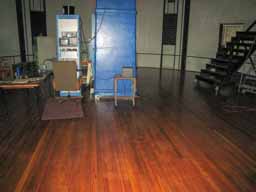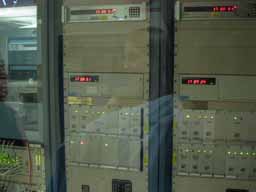Far from the madding crowd
The U.S. Naval Observatory sits in a perfect circle, 2000 feet across, in what used to be “rural” Washington, DC, far from any houses, roads, light pollution (bad for telescopes), or traffic. Since it moved to its current location in 1893, Washington has expanded to completely surround the Observatory -- but the 2,000 foot circle remains as an isolated refuge from the city.
At the center of the circle are buildings designed to house very accurate, custom built reference chronometers, used to calibrate shipboard chronometers for navigation; these have been replaced by modern atomic clocks. The circular layout placed roads and other sources of vibration as far away as possible.
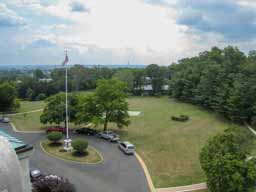
- U.S. Naval Observatory
- 20070718 Canon PowerShot SD800 IS
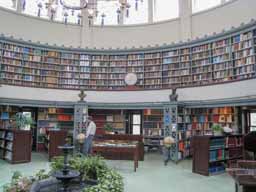
- U.S. Naval Observatory
- 20070718 Canon PowerShot SD800 IS
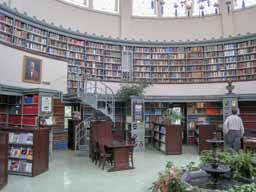
- U.S. Naval Observatory
- 20070718 Canon PowerShot SD800 IS
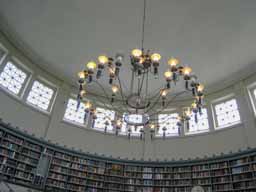
- U.S. Naval Observatory
- 20070718 Canon PowerShot SD800 IS
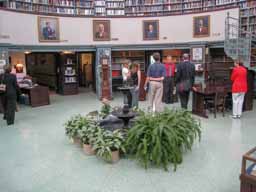
- U.S. Naval Observatory
- 20070718 Canon PowerShot SD800 IS
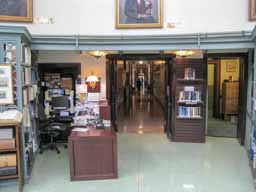
- U.S. Naval Observatory
- 20070718 Canon PowerShot SD800 IS
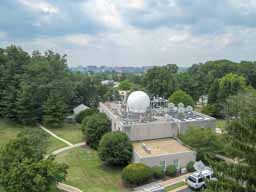
- U.S. Naval Observatory
- 20070718 Canon PowerShot SD800 IS
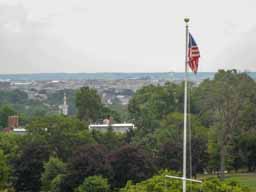
- U.S. Naval Observatory
- 20070718 Canon PowerShot SD800 IS
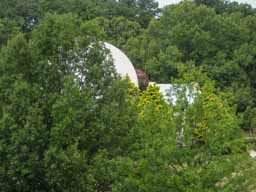
- U.S. Naval Observatory
- 20070718 Canon PowerShot SD800 IS
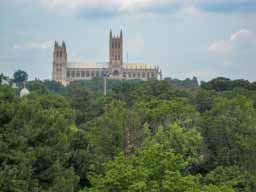
- U.S. Naval Observatory
- 20070718 Canon PowerShot SD800 IS
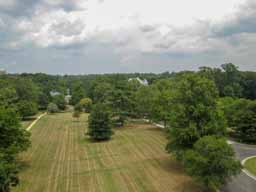
- U.S. Naval Observatory
- 20070718 Canon PowerShot SD800 IS
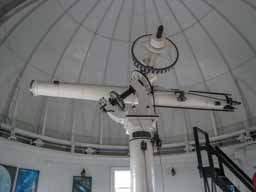
- U.S. Naval Observatory
- 20070718 Canon PowerShot SD800 IS
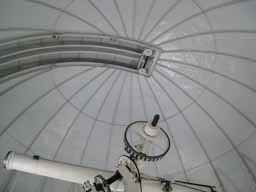
- U.S. Naval Observatory
- 20070718 Canon PowerShot SD800 IS
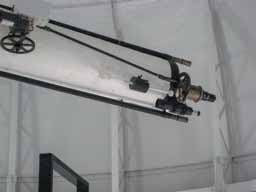
- U.S. Naval Observatory
- 20070718 Canon PowerShot SD800 IS
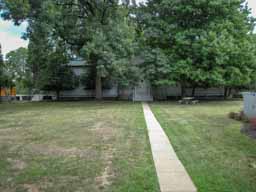
- U.S. Naval Observatory
- 20070718 Canon PowerShot SD800 IS
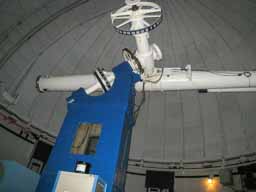
- U.S. Naval Observatory
- 20070718 Canon PowerShot SD800 IS
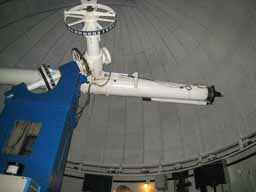
- U.S. Naval Observatory
- 20070718 Canon PowerShot SD800 IS
